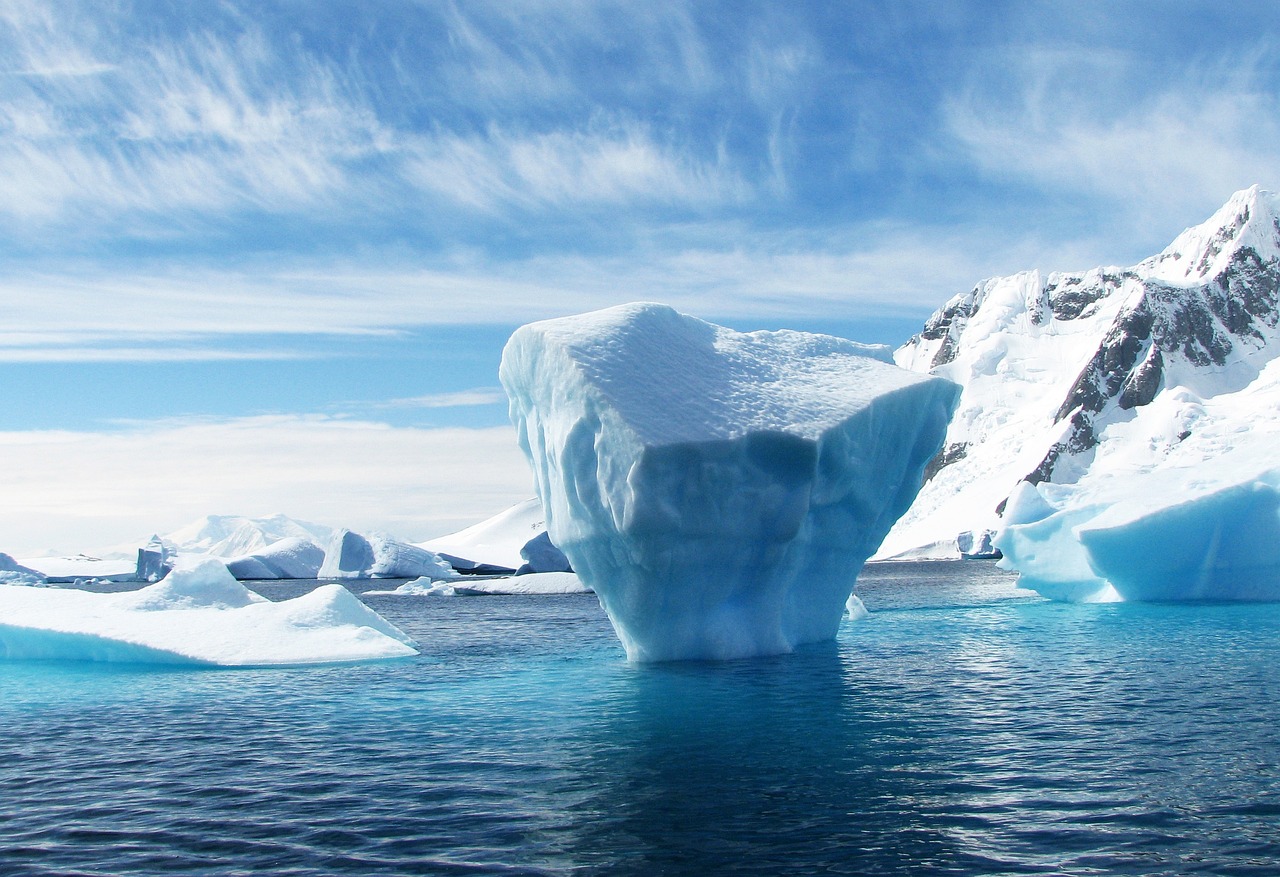Introduction
The Arctic, a vast, pristine wilderness of ice and snow, is home to a resilient and unique group of indigenous people known as the Inuit. Nestled at the edge of the world, these communities have thrived for centuries in one of the harshest environments on Earth. Their way of life, deeply connected to the land and sea, offers profound insights into human adaptability, environmental sustainability, and the challenges of a rapidly changing climate. In this article, we embark on a journey to explore the lives, traditions, and resilience of the Inuit communities of the Arctic.
nullTo expand your knowledge on this subject, make sure to read on at this location: History of the Bering Land Bridge Theory
The Inuit, whose name means “the people” in their native language, have inhabited the Arctic for thousands of years. Their remarkable ability to adapt to extreme conditions has allowed them to not only survive but also flourish in this unforgiving environment.
The Inuit, whose name means “the people” in their native language, have inhabited the Arctic for thousands of years. Their remarkable ability to adapt to extreme conditions has allowed them to not only survive but also flourish in this unforgiving environment.
One of the key aspects of Inuit survival and thriving in the Arctic is their profound connection with the land and sea, a relationship that goes beyond mere sustenance. The Inuit people have a deep cultural and spiritual bond with the natural world around them. Their traditional knowledge, passed down through generations, has equipped them with an intimate understanding of the seasonal rhythms, ice formations, and wildlife behavior crucial for survival.
Inuit communities have developed a sophisticated set of tools and techniques that enable them to navigate, hunt, and build shelters in this harsh environment. For example, the skillful crafting of kayaks, sleds, and igloos is a testament to their ingenuity and adaptability. The ability to construct an igloo swiftly using packed snow blocks not only provides essential shelter but also showcases their engineering prowess, allowing them to maintain warmth even in sub-zero temperatures.
Furthermore, the Inuit have mastered the art of sustainable hunting and fishing, adhering to a strict code of respect for the animals they depend on. This practice ensures that they can maintain a delicate ecological balance while securing their food sources. The Inuit’s traditional diet, rich in protein and fat from marine mammals, is not only nutritionally sound but also culturally significant, strengthening their connection to their heritage.
In addition to their practical skills, the Inuit possess a deep cultural resilience that has allowed them to adapt to external challenges such as colonialism, modernization, and climate change. They have preserved their language, Inuktitut, and cultural traditions, ensuring that their identity remains strong even in the face of cultural shifts.
The Inuit’s adaptability and resilience continue to be relevant in the modern world. Today, they face new challenges brought about by climate change, as the Arctic experiences rapid transformations. The Inuit are at the forefront of climate research and advocacy, using their deep knowledge of the environment to raise awareness about the urgent need for sustainable practices and global action to combat climate change.
In conclusion, the Inuit, “the people” of the Arctic, stand as a testament to the incredible power of human adaptability, the importance of a profound connection with the natural world, and the resilience of culture in the face of adversity. Their ability to not only survive but also thrive in one of the harshest environments on Earth serves as an inspiring example of what humanity can achieve when knowledge, tradition, and innovation come together.
Additionally, you can find further information on this topic by visiting this page: Arctic – Indigenous, Inuit, Sami | Britannica
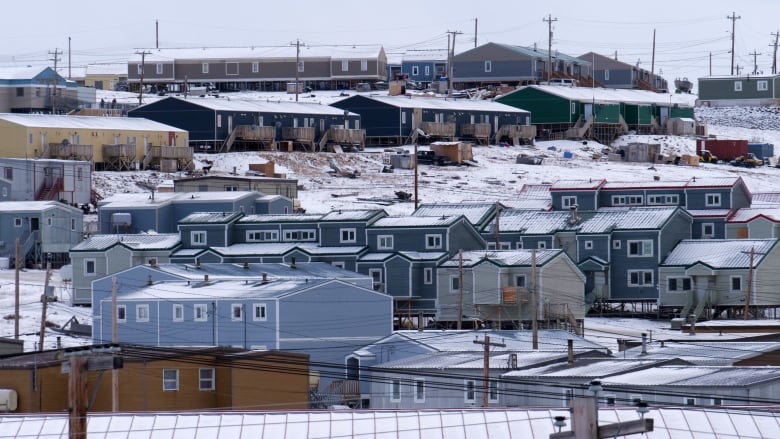
Traditional Inuit life revolves around hunting and gathering. Seal, whale, caribou, and fish are staples of their diet. The Inuit’s profound knowledge of animal behavior and ice conditions is passed down through generations.
Traditional Inuit life, centered on hunting and gathering, is a testament to the profound relationship between these indigenous communities and their environment. This way of life is a finely tuned dance with the rhythms of the Arctic, where survival depends on a deep understanding of the land, sea, and the creatures that inhabit them. Expanding on this idea:
Ecosystem Stewardship: The Inuit’s intimate knowledge of their environment goes beyond survival; it extends to responsible ecosystem stewardship. They recognize that their actions have consequences for the delicate balance of Arctic ecosystems and have developed practices that minimize their impact on these environments.
Sustainable Harvesting: Inuit hunting and fishing practices emphasize sustainability. They understand the importance of maintaining healthy populations of the animals they rely on for food and clothing. This means observing hunting quotas, respecting breeding seasons, and conserving their resources for future generations.
Cultural Significance: The hunting and gathering practices are not just pragmatic; they are deeply intertwined with Inuit culture and spirituality. Animals like the seal, caribou, and whale hold a central place in their myths, art, and ceremonies, underscoring the cultural importance of this way of life.
Oral Traditions and Knowledge Transfer: The passing down of knowledge from one generation to the next is a cherished tradition among the Inuit. Elders play a crucial role in this process, sharing their wisdom and insights about animal behavior, ice conditions, and survival strategies through oral storytelling and hands-on teaching.
Adaptation and Innovation: While traditional hunting and gathering methods remain foundational, the Inuit are also adaptive and innovative. They incorporate modern tools and technology to enhance their ability to navigate the Arctic environment. This blend of traditional wisdom and contemporary tools reflects their commitment to maintaining their way of life in a changing world.
Respect for the Environment: Central to Inuit philosophy is the belief that humans are an integral part of the environment, not separate from it. This respect for nature underpins their sustainable practices and their advocacy for environmental protection in the face of climate change.
In conclusion, the traditional Inuit way of life is a testament to the deep connection between culture, environment, and sustainability. Their knowledge, passed down through generations, embodies the principles of responsible resource management and the importance of living in harmony with the natural world. As the Arctic faces unprecedented challenges due to climate change, the Inuit’s wisdom and resilience serve as a model for sustainable living and environmental stewardship for the entire world to learn from and emulate.
For a comprehensive look at this subject, we invite you to read more on this dedicated page: History of the Bering Land Bridge Theory
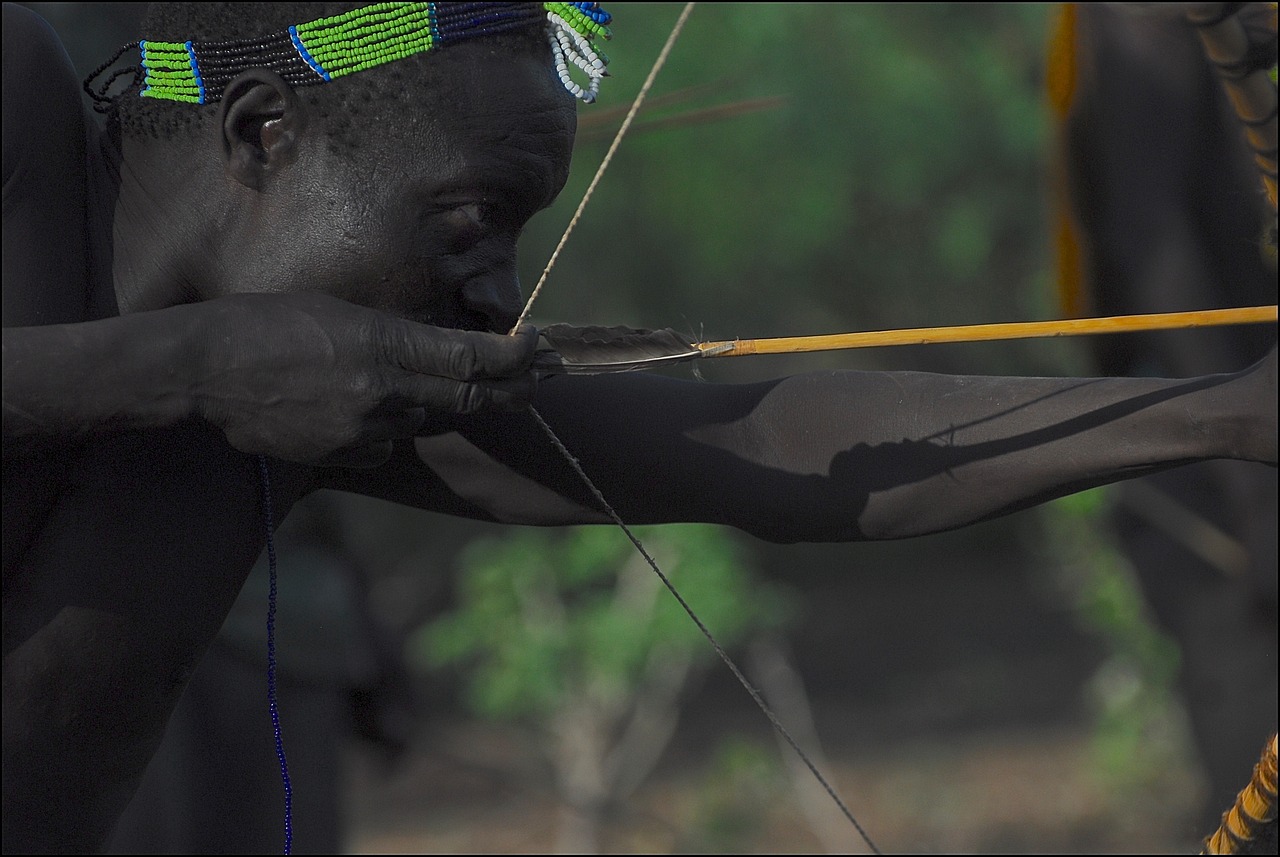
In the past, the Inuit lived in ingenious shelters such as igloos and Thule houses made from whalebone and hides. These structures offered protection against the biting cold and fierce winds.
In the annals of human history, the Inuit stand as true masters of adaptation to their environment, exemplified by their ingenious shelters. The remarkable craftsmanship and resourcefulness of the Inuit people are perhaps most vividly encapsulated in their traditional dwellings, such as igloos and Thule houses crafted from whalebone and hides. These architectural marvels not only provided shelter against the unforgiving Arctic conditions but also reflected a deep understanding of their natural surroundings and the materials readily available to them.
Igloos, in particular, have captured the imagination of people around the world. These snow and ice structures are more than just simple huts; they are a testament to human ingenuity in the face of extreme cold. Built from tightly packed blocks of snow, igloos offer remarkable insulation against the biting Arctic chill. Their dome-shaped design minimizes heat loss and withstands the relentless assault of the frigid winds. These shelters were not just places to survive but also homes, where families gathered, stories were shared, and traditions were passed down through generations.
On the other hand, Thule houses, constructed from whalebone frames covered with animal hides, represented a different yet equally remarkable form of architecture. These structures provided warmth and protection, vital for the Inuit’s nomadic way of life. They were designed to be easily dismantled and transported, enabling the Inuit to follow the migrations of their prey across the Arctic landscape. Thule houses were a manifestation of sustainability, as they made use of the materials available in the harsh Arctic environment while being adapted to the Inuit’s nomadic lifestyle.
These traditional Inuit shelters are not only a testament to the human capacity for innovation but also a reminder of the deep connection between culture, environment, and survival. The Inuit’s intimate knowledge of their surroundings, their respect for nature, and their ability to adapt to the harshest of conditions showcase the resilience of indigenous cultures in the face of adversity.
Today, as we confront the challenges of climate change and the importance of sustainable living, there is much to learn from the Inuit and their ancestral shelters. Their homes were not just utilitarian; they were a reflection of a harmonious relationship with the environment. They serve as an inspiration for contemporary architects and designers seeking to create environmentally friendly and energy-efficient structures that respect the Earth’s resources.
In summary, the Inuit’s ingenious shelters, including igloos and Thule houses, are a testament to their adaptability, resourcefulness, and deep connection to their Arctic environment. These remarkable structures not only protected them from the harsh elements but also serve as a source of inspiration for sustainable living and the harmonious coexistence of human culture and the natural world.
Additionally, you can find further information on this topic by visiting this page: Thule as Frontier in: Anthropological Journal of European Cultures …
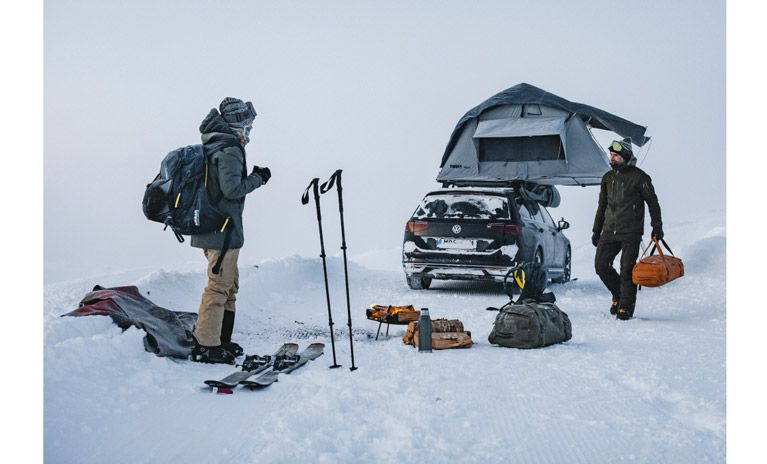
The Inuit have a rich oral tradition, with storytelling and legends serving as a means of preserving their history and culture. These stories are often filled with lessons about survival, cooperation, and respect for the natural world.
nullIf you’d like to dive deeper into this subject, there’s more to discover on this page: How Inuit oral history helped locate Erebus and Terror | Royal …
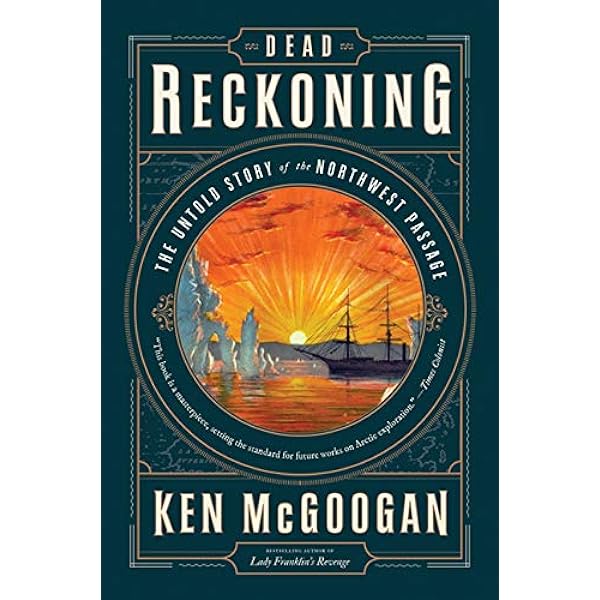
Cooperation is fundamental to Inuit life. Communities work together in hunting, building, and sharing resources. This spirit of collaboration is essential for survival in the harsh Arctic environment.
Cooperation is not merely a social norm among the Inuit; it is the very lifeblood of their communities, sustaining them through the unforgiving challenges of the Arctic environment. This spirit of collaboration runs deep in the Inuit culture, shaping their daily lives and ensuring their survival in an extreme climate.
In the context of hunting, cooperation is paramount. The Arctic landscape demands an intimate knowledge of the environment and the behavior of the animals that inhabit it. Inuit hunters share their expertise, passing down generations of wisdom about tracking, trapping, and the seasonal patterns of prey. This communal knowledge exchange not only makes hunting more efficient but also ensures that everyone has access to vital sources of sustenance. It’s a collective effort that demonstrates the Inuit’s deep respect for the natural world and their commitment to responsible resource management.
Beyond hunting, cooperation extends to building and shelter. In the Arctic, constructing and maintaining suitable dwellings is a matter of survival. The Inuit have mastered the art of crafting warm and sturdy shelters like igloos and sod houses, knowledge that is shared across the community. These homes serve as vital protection against the harsh elements, emphasizing how interdependence is ingrained in every aspect of their lives.
Sharing resources is another cornerstone of Inuit cooperation. In a region where resources can be scarce, the principle of sharing ensures that everyone has access to essentials like food, clothing, and tools. This ethos promotes fairness and resilience in the face of scarcity. The shared use of resources is not only practical but also a testament to the social bonds that hold Inuit communities together.
The profound connection between cooperation and survival in the Arctic environment is a testament to the resilience and adaptability of the Inuit people. It’s a model of community living that carries important lessons for the modern world, especially in the context of addressing shared global challenges such as climate change and resource conservation. The Inuit’s ethos of cooperation serves as a reminder that working together, sharing knowledge, and pooling resources are not just valuable principles; they are essential for thriving in a world where the ability to adapt and collaborate is more critical than ever.
To delve further into this matter, we encourage you to check out the additional resources provided here: Visions of the Arctic Future: Blending Computational Text Analysis …

The Arctic is warming at more than twice the global average rate, posing significant challenges to the Inuit way of life. Melting ice, changing animal migration patterns, and unpredictable weather events are affecting their ability to hunt and sustain their communities. However, the Inuit are not passive victims of climate change; they are actively adapting and innovating.
The Arctic’s rapid warming, which exceeds the global average rate by more than double, presents an alarming scenario, particularly for the Inuit communities who have called this harsh environment home for generations. These indigenous peoples have always had a deeply symbiotic relationship with the Arctic, relying on its icy expanses and the life it sustains for their cultural identity and subsistence.
The consequences of this warming trend are multifaceted and have profound implications for the Inuit way of life. The melting ice, which once served as both transportation and a vital source of sustenance, is shrinking at an alarming rate. This means not only longer and more treacherous journeys for hunting and gathering, but also the loss of a central element of their culture.
Changing animal migration patterns further compound the challenges faced by the Inuit. The animals they’ve traditionally hunted are adapting to new conditions, making it increasingly difficult for the Inuit to predict their movements and successfully hunt for food. The intricate knowledge passed down through generations is becoming less reliable in this rapidly changing environment.
Unpredictable weather events, including extreme storms and temperature fluctuations, disrupt the careful planning and resource management that have sustained these communities for centuries. It’s not just about facing harsher conditions; it’s about confronting the uncertainty that comes with a shifting climate, which can have devastating consequences on their livelihoods.
However, it’s essential to recognize that the Inuit are far from passive victims in the face of these challenges. They are actively adapting and innovating to preserve their culture and sustain their communities. Their traditional ecological knowledge is invaluable in understanding these changes and devising strategies to mitigate their impact. Moreover, they are engaging with modern science and technology to supplement their ancient wisdom.
Community-driven initiatives are emerging to promote resilience and adaptability, from reviving traditional hunting and fishing practices to developing sustainable energy sources. The Inuit are also becoming advocates for climate action on the global stage, leveraging their unique perspective to raise awareness about the far-reaching consequences of climate change.
In essence, while the Arctic is undeniably undergoing a dramatic transformation, the Inuit are resilient and resourceful. Their response to the challenges posed by climate change demonstrates the power of adaptation, innovation, and the preservation of cultural heritage in the face of adversity. As we confront the global climate crisis, their experiences offer valuable lessons in resilience and the importance of maintaining our connection to the environment.
For a comprehensive look at this subject, we invite you to read more on this dedicated page: Adapting to the Effects of Climate Change on Inuit Health – PMC
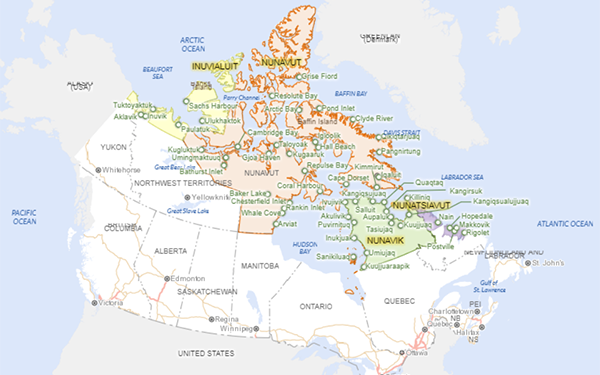
In response to shifting ice conditions and animal migrations, the Inuit have adapted their hunting techniques. They are exploring new ways to hunt and fish while respecting conservation principles.
In response to shifting ice conditions and the changing patterns of animal migrations, the Inuit have displayed remarkable resilience and adaptability in their traditional hunting practices. Their ability to adapt to these evolving environmental dynamics not only underscores their deep connection to the land and sea but also serves as a valuable example of harmonious coexistence with nature in the face of climate change.
As the ice continues to shift and wildlife migrates to different regions, the Inuit have embraced innovation and flexibility in their hunting techniques. Drawing upon a rich cultural heritage of knowledge and wisdom passed down through generations, they are actively exploring new approaches to hunting and fishing that align with modern conservation principles.
One aspect of this adaptation involves a deep understanding of the ecosystem’s fragility and the need to preserve it for future generations. The Inuit recognize that overexploitation of resources is not sustainable and can lead to imbalances within the ecosystem. Therefore, they are increasingly incorporating conservation practices into their traditional hunting methods. This might include implementing seasonal quotas, using more selective hunting techniques, or adjusting their hunting patterns to reduce the impact on sensitive animal populations.
Moreover, the Inuit’s adaptation extends beyond their hunting techniques. They are also embracing technologies and knowledge from the broader world while maintaining their respect for traditional values. This fusion of tradition and innovation enables them to navigate the challenges posed by climate change more effectively.
In this ever-changing landscape, the Inuit’s ability to adapt their hunting practices while upholding conservation principles not only ensures the survival of their unique culture but also offers valuable insights for global efforts to address environmental challenges. Their approach serves as a testament to the resilience of indigenous communities and highlights the importance of combining tradition with innovation in the pursuit of sustainability and the preservation of our planet’s natural heritage.
To expand your knowledge on this subject, make sure to read on at this location: STATE OF THE WORLD’s INDIGENOUs PEOpLEs

The Inuit have a deep connection to their environment. They are at the forefront of efforts to protect the Arctic’s delicate ecosystems and advocate for climate action on a global scale.
nullShould you desire more in-depth information, it’s available for your perusal on this page: Visions of the Arctic Future: Blending Computational Text Analysis …
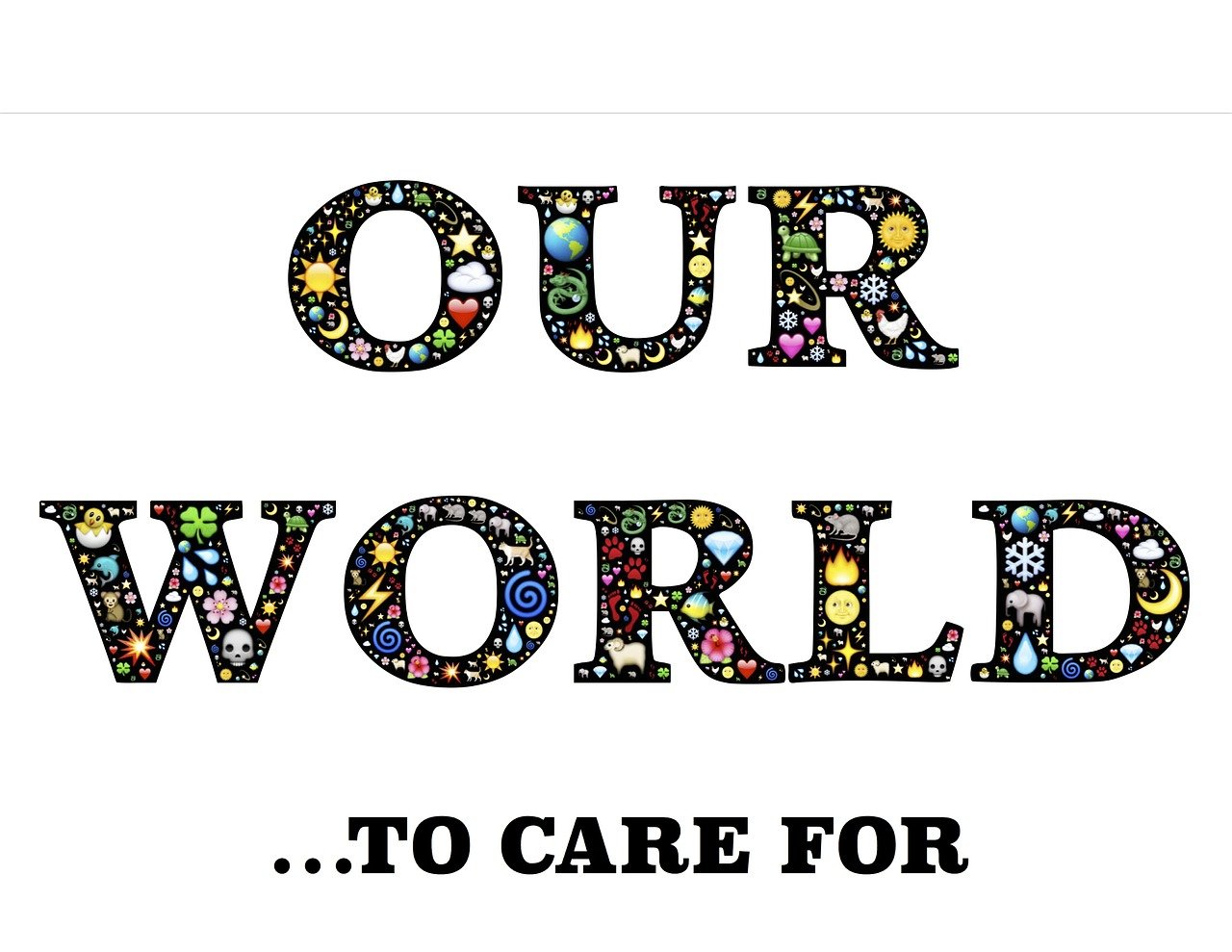
The Inuit are determined to preserve their culture and language despite the challenges posed by climate change. Efforts to document traditional knowledge and pass it on to younger generations are ongoing.
The Inuit, with their rich heritage and deep connection to the Arctic environment, are steadfast in their determination to preserve their culture and language, even in the face of formidable challenges brought on by climate change. As the Arctic experiences unprecedented warming, rapidly melting ice, and shifting ecosystems, the Inuit are confronted with a changing world that threatens the very essence of their way of life.
In response to these challenges, the Inuit have embarked on a remarkable journey to safeguard their cultural heritage. Efforts to document traditional knowledge and pass it on to younger generations are not merely a choice but a vital necessity. Elders, who hold a wealth of wisdom gained through centuries of living in harmony with the Arctic environment, play a pivotal role in this endeavor. They are the keepers of stories, techniques, and insights that have sustained their communities for generations.
Inuit communities are actively working to bridge the generational gap by facilitating intergenerational exchanges. The elders are sharing their knowledge, recounting tales of survival, and imparting essential skills to the younger members of their communities. This transfer of knowledge is not just about practical skills like hunting and navigation; it’s also about preserving the spiritual and cultural traditions that define the Inuit way of life.
Furthermore, the Inuit are leveraging modern tools and technologies to ensure the continuity of their culture and language. Digital archives, oral history projects, and educational programs are being developed to capture and disseminate this invaluable knowledge to a wider audience, both within and outside their communities.
The Inuit’s determination to preserve their culture and language isn’t just an act of self-preservation; it’s also a gift to the world. Their deep understanding of the Arctic ecosystem, its rhythms, and its delicate balance is a treasure trove of information that can inform global efforts to mitigate and adapt to climate change. In this way, their resilience in the face of adversity offers a powerful example of how traditional wisdom can complement modern science and contribute to the broader fight against environmental challenges.
As the Inuit continue their tireless efforts to pass down their heritage and knowledge to future generations, they are not only securing their cultural legacy but also providing a beacon of hope and inspiration for the world, reminding us all of the profound value of indigenous wisdom in the midst of a changing planet.
For additional details, consider exploring the related content available here Adapting to the Effects of Climate Change on Inuit Health – PMC
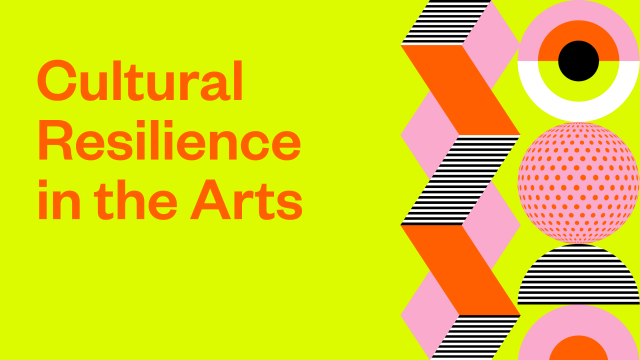
Sustainability is at the core of Inuit values. They are exploring sustainable practices, such as eco-friendly hunting methods and renewable energy sources, to reduce their carbon footprint.
Sustainability is not just a modern concept for the Inuit people; it is deeply ingrained in their cultural heritage and way of life. For generations, the Inuit have lived in harmony with their environment, relying on the land and sea for their sustenance. Today, in the face of global environmental challenges, they continue to honor their traditions while also adapting to a changing world.
One of the most striking aspects of Inuit sustainability efforts is their dedication to preserving traditional hunting practices while embracing eco-friendly methods. Hunting has always been central to their culture, providing food, clothing, and materials for shelter. However, recognizing the importance of conservation, many Inuit communities have adopted modern, sustainable techniques. These include using advanced tracking technology to reduce the time spent searching for game, thus minimizing fuel consumption, and employing non-lethal deterrents to protect local wildlife populations.
Furthermore, the Inuit are actively exploring renewable energy sources to reduce their carbon footprint. They understand that their remote communities often rely on diesel generators for electricity and heating, which not only contribute to greenhouse gas emissions but are also vulnerable to supply disruptions. To address this, some Inuit regions are investing in wind, solar, and hydropower projects. By harnessing the natural energy resources available in their territories, they not only reduce their environmental impact but also gain energy independence, ensuring a more secure future for their communities.
Inuit values of sustainability extend beyond just resource management. They also encompass a deep respect for the interconnectedness of all living things. Inuit elders often emphasize the importance of taking only what is necessary from the land and sea, leaving behind no more than one’s footprint. This holistic approach to sustainability serves as a valuable lesson for the wider world, encouraging a shift towards more responsible and mindful consumption.
In conclusion, sustainability is not a recent development for the Inuit; it is an integral part of their cultural identity. Their commitment to eco-friendly hunting practices and the exploration of renewable energy sources demonstrates their dedication to reducing their carbon footprint while preserving their heritage. Inuit values provide a powerful example of how we can all strive to live in harmony with nature, respecting the delicate balance of our planet for generations to come.
Should you desire more in-depth information, it’s available for your perusal on this page: Chapter 4: Sea Level Rise and Implications for Low-Lying Islands …
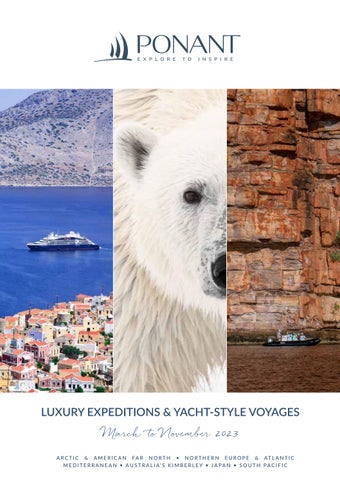
Conclusion
Life at the edge of the world in the Arctic is a testament to human resilience and adaptability. The Inuit communities, with their deep connection to the land and sea, offer valuable lessons in sustainable living and cultural preservation. As the world grapples with the consequences of climate change, the Inuit’s ability to adapt while staying rooted in their traditions serves as an inspiration. Their story reminds us of the importance of understanding and protecting the world’s unique and vulnerable regions and the people who call them home.
Life at the edge of the world in the Arctic is a testament to human resilience and adaptability. The Inuit communities, with their deep connection to the land and sea, offer valuable lessons in sustainable living and cultural preservation. As the world grapples with the consequences of climate change, the Inuit’s ability to adapt while staying rooted in their traditions serves as an inspiration. Their story reminds us of the importance of understanding and protecting the world’s unique and vulnerable regions and the people who call them home.
In the harsh Arctic environment, where frigid winds howl and the land seems perpetually frozen, the Inuit have not just survived, but thrived for generations. Their survival hinges on an intricate knowledge of the Arctic’s ecosystems, an understanding of the delicate balance between humanity and nature that few others possess. Through their centuries-old practices, the Inuit have perfected the art of sustainability, ensuring that they take only what they need from the land and sea, minimizing waste, and respecting the rhythms of nature.
Moreover, the Inuit’s ability to adapt to the changing climate is nothing short of remarkable. As the Arctic experiences some of the most rapid and severe effects of global warming, these communities have had to adjust their age-old traditions. They’ve done so with an unwavering spirit, embracing modern technologies and techniques while staying true to their cultural roots. For example, they have incorporated sustainable hunting practices and have adopted renewable energy sources to reduce their carbon footprint, proving that even in the harshest conditions, innovative solutions can be found.
Beyond their incredible adaptability, the Inuit’s dedication to preserving their cultural heritage stands as a beacon of hope. In a world where globalization often threatens the uniqueness of indigenous cultures, the Inuit have managed to maintain their language, storytelling traditions, and artistic expressions. Their resilience in the face of cultural erosion is a testament to the strength of human identity and the importance of cultural diversity.
In an era when climate change is a pressing global concern, the Inuit people’s story serves as a powerful reminder of our collective responsibility to protect the world’s unique and vulnerable regions. Their home, the Arctic, is not just a distant wilderness; it’s a barometer for the health of our planet. The melting ice, changing weather patterns, and shifting ecosystems in the Arctic are early warning signs of what the entire world may face if we don’t take immediate action to combat climate change.
The Inuit offer a lesson in the harmonious coexistence of humanity and nature, a model of sustainable living that should inspire us all. They show that we can adapt to new circumstances while still cherishing our cultural heritage. Their story calls on us to appreciate and safeguard not only their way of life but also the diverse environments and cultures that make our world so rich and interconnected. To protect the Arctic is to protect the future of our planet, and to honor the Inuit’s enduring spirit is to honor the indomitable human capacity for resilience and adaptation.
Looking for more insights? You’ll find them right here in our extended coverage: Chapter 3: Polar regions — Special Report on the Ocean and …
More links
For a comprehensive look at this subject, we invite you to read more on this dedicated page: Adapting to the Effects of Climate Change on Inuit Health – PMC
